How gold changed Ballarat
 Published on
Published on

Yarrowee Creek dredging co pump 1899
A special joint project between Federation University, Wadawurrung Traditional Owners Aboriginal Corporation and the City of Ballarat has uncovered how the discovery of gold impacted the Yarrowee River, the First Nations people, and how the river runs through Ballarat today.
In 1851, gold was discovered in Ballarat and within days hundreds gathered along the Yarrowee searching for their ‘Eureka’ moment.
In a few short weeks, the waterways of Yarrowee and Gnarr were diverted in search of gold.
As the goldfields expanded, the river was further rediverted to make space for the population boom that Ballarat experienced after gold was discovered in the city. The end result was a straighter line for the Yarrowee, which was once quite a snaking riverbed.
Now, part of the river runs underground, including partly under the current Bridge Mall redevelopment.
This interesting historic information was explored further in the recent research project, which saw invaluable contributions from three Ballarat organisations.
The City of Ballarat supplied historic archive material, Federation University provided reports as well as an interactive mapping site with the help of Centre for eResearch in Digital Innovation and several Wadawurrung Traditional Owners, including the Gobata Dja (Caring for Country) team at Wadawurrung Traditional Owners Aboriginal Corporation, provided information through research and oral history on the significance of the Yarrowee and surrounding area.
Project Officer at the Wadawurrung Traditional Owners Aboriginal Corportation Shannen Mennen said the Yarrowee is a culturally significant waterway with a rich history, both for Wadawurrung people and those who came to Ballarat following the discovery of gold.
“To Wadawurrung people, our waterways are seen as the veins and arteries of Wadawurrung Country. Through this project Wadawurrung Traditional Owners sought to share a Wadawurrung perspective on the history of the Yarrowee and its current health,” she said.
“We aim to build an understanding within our local community of our unique local biodiversity, and how we can all care for and protect our waterways.”
Ms Mennen said traditional owners walked the length of various sections of the Yarrowee and then provided written input into the history project, focusing on the ecological damage following the gold rush and impacts on habitat and culture.
The research resulted in overlays of mapping from the gold rush era to current day, showing how the area has changed. The interactive maps can be viewed here.
Senior Lecturer in History at Federation University, Dr David Waldron said this digital mapping project is invaluable in tracing the history of the Yarrowee and Ballarat.
“It is a critical tool in town planning, development and heritage and, more importantly, a central narrative in understanding the health of our waterways that are the life of our communities and environment,” he said.
“It also reveals important realities in truth-telling the story of the impact colonisation has had on our indigenous communities and the importance of traditional knowledges surrounding land management, the environment, and deep connection to the lands and waterways."
City of Ballarat Mayor, Cr Des Hudson said the partnership between the organisations to prepare this mapping and research was important.
“This will not only assist our understanding of the past and how Ballarat looks today, but will also help to guide our future,” he said.
More news
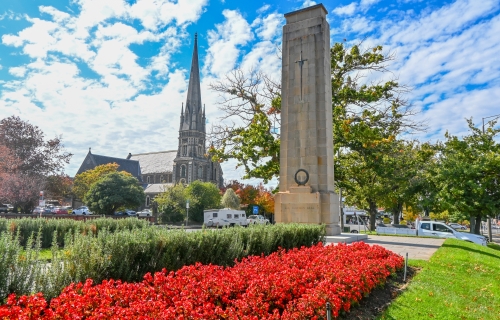
 22 April 2025
22 April 2025
Where you can attend an ANZAC Day service in Ballarat in 2025

 17 April 2025
17 April 2025
Sharing the musical talent of Ballarat with the world – artists and mentors announced for Be Hear Now
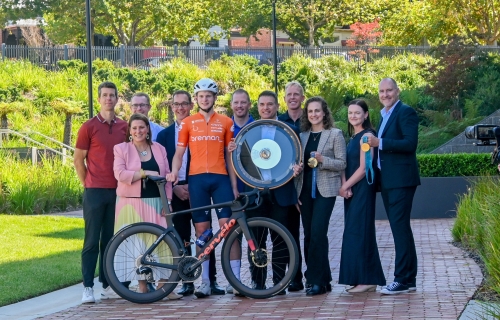
 15 April 2025
15 April 2025
World-class cycling rolls into Ballarat
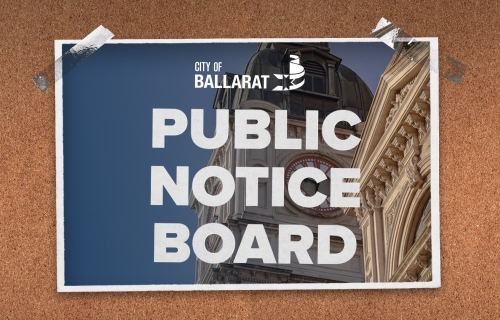
 18 April 2025
18 April 2025
Public Notices - Friday 18 April 2025
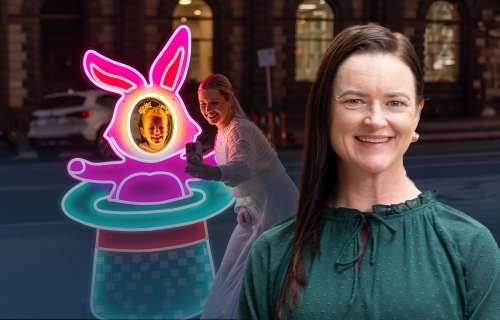
 18 April 2025
18 April 2025
Mayor’s Message - Friday 18 April 2025
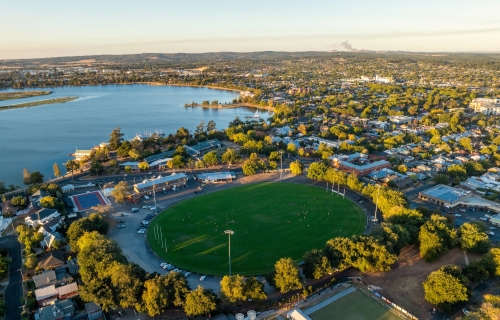
 15 April 2025
15 April 2025